How Shrek Was Made: A Behind-the-Scenes Look at the Animation Process
Shrek, the 2001 animated film that turned fairy tales on their heads, has become a cultural phenomenon, spawning multiple sequels, a musical, and an enduring fan base. But what many might not know is the extensive and innovative animation process that brought the green ogre to life. This behind-the-scenes look at how Shrek was made offers insight into the challenges and triumphs that shaped this iconic movie, as well as a nod to the Shrek shop, where fans can find merchandise that celebrates the beloved franchise.
The Genesis of Shrek
The story of Shrek began in the early 1990s when Steven Spielberg acquired the rights to William Steig's 1990 picture book Shrek! DreamWorks Animation, co-founded by Spielberg, Jeffrey Katzenberg, and David Geffen, took on the project as part of their mission to rival Disney in the animated film industry. However, Shrek was not an easy project to bring to life. The film went through several rewrites, changes in the main cast, and even a complete overhaul of its animation style.
Pioneering Animation Techniques
At the heart of Shrek's creation was the groundbreaking use of computer-generated imagery (CGI). While CGI was not new to Hollywood—Pixar had already wowed audiences with Toy Story—Shrek pushed the boundaries of what was possible in animation. The animators at DreamWorks used state-of-the-art technology to create highly detailed and expressive characters, as well as lush, realistic environments.
One of the biggest challenges was creating the titular character, Shrek. Early versions of Shrek were quite different from the final design; he was originally envisioned as more monstrous and less appealing. However, the animators decided to make Shrek more relatable and endearing by giving him softer features and more human-like expressions. To achieve this, they used a combination of keyframe animation and motion capture. Voice actor Mike Myers' facial movements were studied and used as a reference to ensure that Shrek's expressions matched his vocal performance.
Another innovation was the use of a proprietary software called "Fluid," which allowed the animators to simulate realistic water, fire, and other natural elements. This software was critical in creating some of the film's most memorable scenes, such as the fiery rescue of Princess Fiona from the dragon's lair.
The Art of Voice Acting
Voice acting played a crucial role in bringing the characters of Shrek to life. The film's cast, including Mike Myers as Shrek, Eddie Murphy as Donkey, and Cameron Diaz as Princess Fiona, delivered performances that were as essential to the film's success as the animation itself. Interestingly, Mike Myers originally recorded all of his lines with a standard American accent but later decided to re-record them with a Scottish accent. This decision added a unique charm to Shrek's character and required the animators to tweak the character's facial expressions to match the new vocal performance.
Overcoming Production Challenges
The production of Shrek was not without its challenges. The film's original director, Kelly Asbury, left the project early on, leaving the reins to Andrew Adamson and Vicky Jenson. Additionally, the animation team faced significant pressure to meet deadlines and maintain the high quality of the animation. However, these challenges ultimately led to creative solutions that enhanced the final product.
Shrek’s Impact and Legacy
When Shrek was finally released in 2001, it was an instant hit, grossing over $484 million worldwide and winning the first-ever Academy Award for Best Animated Feature. Its success paved the way for DreamWorks Animation to become a major player in the industry and set a new standard for animated films.
For fans who want to bring a piece of Shrek home, the Shrek shop offers a wide range of merchandise, from plush toys and apparel to collectibles that celebrate the film's legacy. Whether you're a long-time fan or a newcomer to the world of Shrek, there's something for everyone in the Shrek shop.
In conclusion, the making of Shrek was a complex and groundbreaking process that combined innovative animation techniques with stellar voice acting and creative problem-solving. The result was a film that not only entertained audiences but also redefined the possibilities of animated storytelling.









